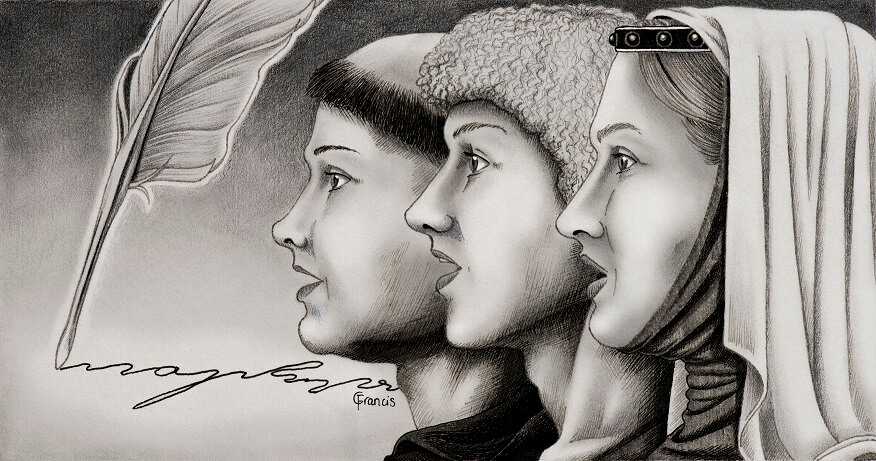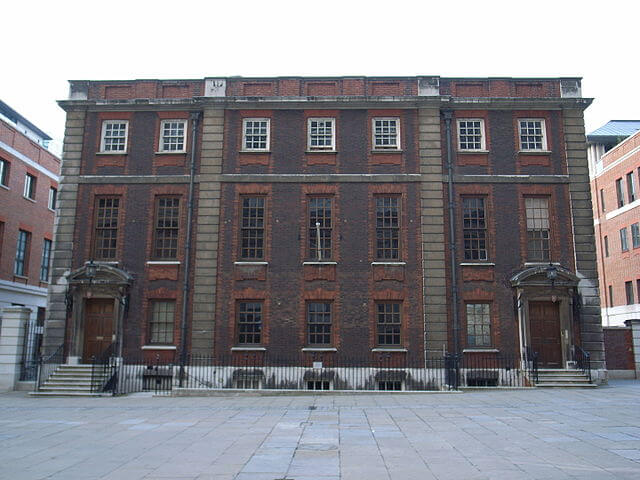Richard Swinfield, successor to Thomas de Cantilupe as Bishop of Hereford, sent his evidence to Pope Nicholas IV the following year after the miracle of William Crach, 1291, but an investigation was not initiated until 1307. Pope Clement V received the application for the canonisation of Thomas de Cantilupe and appointed a commission to investigate.
 For the canonisation process to proceed, convincing evidence of miracles that Cantilupe had performed since his death had to be presented, one of which was that William Crach had been brought back from the dead by the bishop’s intercession. There were thirty eight miracles to be examined in all.
For the canonisation process to proceed, convincing evidence of miracles that Cantilupe had performed since his death had to be presented, one of which was that William Crach had been brought back from the dead by the bishop’s intercession. There were thirty eight miracles to be examined in all.
Their first task was to determine if Thomas de Cantilupe was excommunicate when he died. You can’t make an excommunicate into a saint. John Pecham, Archbishop of Canterbury, had excommunicated him in a dispute over jurisdiction within Hereford. Thomas went to consult the Pope and died in Italy. From 20 April to 30 June the Commissioners interviewed forty four witnesses. After considering the evidence they decided that Thomas had been absolved by the Pope in Italy before he died. The canonisation investigation could proceed.
On 15 July they began by swearing in the notaries who would record the evidence and drawing up lists of questions they would ask the witnesses. It was important that the right questions were asked and that information was corroborated and checked. Unlike today, once the questions were decided, each witness was asked the same set, with no follow-up questions.

Chapter House, St Paul’s
The investigation began in London, at the Chapter House of St Paul’s Cathedral. The witnesses were sworn in by Thomas de Gyucs, the proctor of the Chapter of Hereford, as the appointed representative of the cathedral. It was the cathedral authorities who were asserting Thomas’ status as a saint, so it was their representative who presented the witnesses to the papal commissioners. The proctor was asked under oath if he believed the miracle was genuine and he said he did.
Only three witnesses were questioned in London concerning the Swansea miracle: Lady Mary, her son Lord William, and their chaplain William de Codineston. The rest of the Swansea witnesses were questioned in Hereford.
 Ann Marie Thomas is the author of five medieval history books, a surprisingly cheerful poetry collection about her 2010 stroke, and the science fiction series Flight of the Kestrel, Intruders, Alien Secrets & Crisis of Conscience are out now Follow her at http://eepurl.com/bbOsyz
Ann Marie Thomas is the author of five medieval history books, a surprisingly cheerful poetry collection about her 2010 stroke, and the science fiction series Flight of the Kestrel, Intruders, Alien Secrets & Crisis of Conscience are out now Follow her at http://eepurl.com/bbOsyz